12V 100Ah Lithium Batteries: Why LiFePO4 Packs More Power Than AGM Every Time
When you’re shopping for a reliable 12V 100Ah battery, the choice often comes down to two major players: LiFePO4 (Lithium Iron Phosphate) and AGM (Absorbent Glass Mat) batteries. So, what’s the deal with these two, and which one’s worth the investment? Let’s dive into their key features, see how they stack up, and help you decide which battery is the best fit for your needs. Spoiler: LiFePO4 might just be your next battery crush.
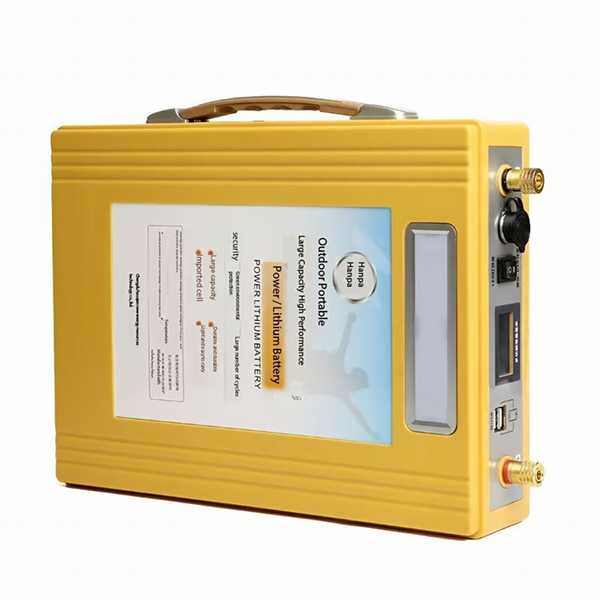
1. Battery Basics – LiFePO4 vs. AGM
- LiFePO4 Batteries: Known for safety, longevity, and an impressive lifespan (we’re talking 8,000 to 20,000 cycles!). These batteries are durable and efficient, making them ideal for frequent, heavy-duty use.
- AGM Batteries: A little more budget-friendly with an upfront price that’s easier on the wallet. However, they offer only about 500–1,200 cycles and are bulkier and heavier than their lithium counterparts.
2. Lifespan & Cycle Life – When You Need to Go the Distance
- LiFePO4: Outlasts AGM by a landslide, often pushing through 8,000+ cycles and staying strong for over a decade with the right care. If you’re looking for a battery that’ll stick with you through countless adventures or power demands, LiFePO4 is where it’s at.
- AGM: While AGM offers a solid 3 to 5 years of service, its cycle life isn’t anywhere near what LiFePO4 brings to the table. For moderate or occasional use, it works just fine, but power-hungry setups will find its limitations fast.
3. Depth of Discharge (DoD) – How Deep Can You Go?
- LiFePO4: These batteries can be safely discharged up to 80% without risking damage, so you’re getting more usable power out of each cycle.
- AGM: Better to keep it shallow—AGMs are usually recommended to discharge up to only 50%. For the same 100Ah capacity, you’ll actually have access to less power with AGM, which can be frustrating if you’re out on a long trip or running a solar system with variable sun exposure.
4. Weight & Size – Don’t Get Weighed Down
- LiFePO4: Weighs much less—often about half the weight of an AGM. So if you’re loading it onto an RV, boat, or anything mobile, LiFePO4 can save you valuable weight and space.
- AGM: Definitely the heavyweight champ here, both literally and figuratively. This is one area where AGM’s lead-acid build really holds it back in portability.
5. Charging Efficiency – Fast & Furious Wins the Race
- LiFePO4: Can fully charge in around 5 hours, thanks to its quick-charging design. If you’re relying on solar, this fast charge cycle is a huge plus—no waiting all day to top up.
- AGM: Slower on the uptake, often taking upwards of 10 hours to reach a full charge. Not exactly ideal if you’re counting on a fast turnaround, especially in a solar setup where sun hours are limited.
6. Cost Considerations – Paying Now vs. Paying Later
- LiFePO4: While the initial investment is higher (usually three to five times the cost of an AGM), the longer lifespan and fewer replacements mean you’re likely saving money in the long haul. It’s one of those “buy once, cry once” decisions.
- AGM: Lower upfront cost, so if you’re not planning on using it heavily or just need a battery for the occasional trip, this can work. But beware—you may end up shelling out more down the road for replacements if you’re a regular user.
7. Safety & Environmental Impact – Think Green, Stay Safe
- LiFePO4: Known for superior safety with minimal risk of overheating or catching fire. Plus, LiFePO4 batteries use materials that are far less harmful to the environment than lead-acid options.
- AGM: Safer than traditional lead-acid, but still comes with environmental concerns due to the lead content. If you’re eco-conscious, LiFePO4 is the clear winner.
Conclusion: When to Choose LiFePO4 Over AGM
The bottom line? If you’re after something with longevity, durability, and the ability to handle serious usage, a LiFePO4 battery is a solid choice. It’s perfect for high-drain, frequent-use scenarios, from RVs and solar systems to marine applications. Yes, it costs more upfront, but the long-term savings in replacement and efficiency might be worth it.
However, if you’re just looking for a reliable backup that won’t break the bank, AGM can do the job. Just remember, it might require replacing sooner and doesn’t offer the same depth of performance as LiFePO4.
So, are you ready to go lithium? Or is AGM more your speed? With these insights, you’ll know exactly which 12V 100Ah battery fits your needs best, giving you peace of mind (and power) wherever you roam!

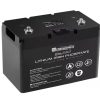
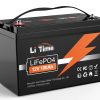
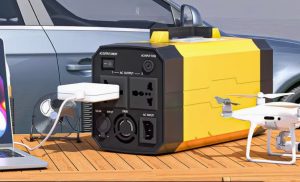
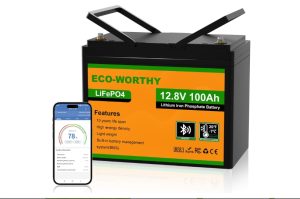
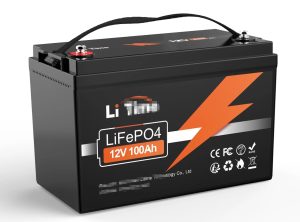
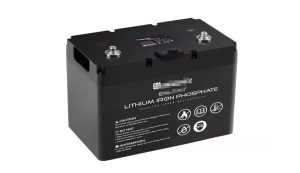
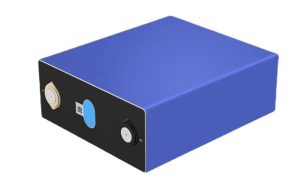
Add comment